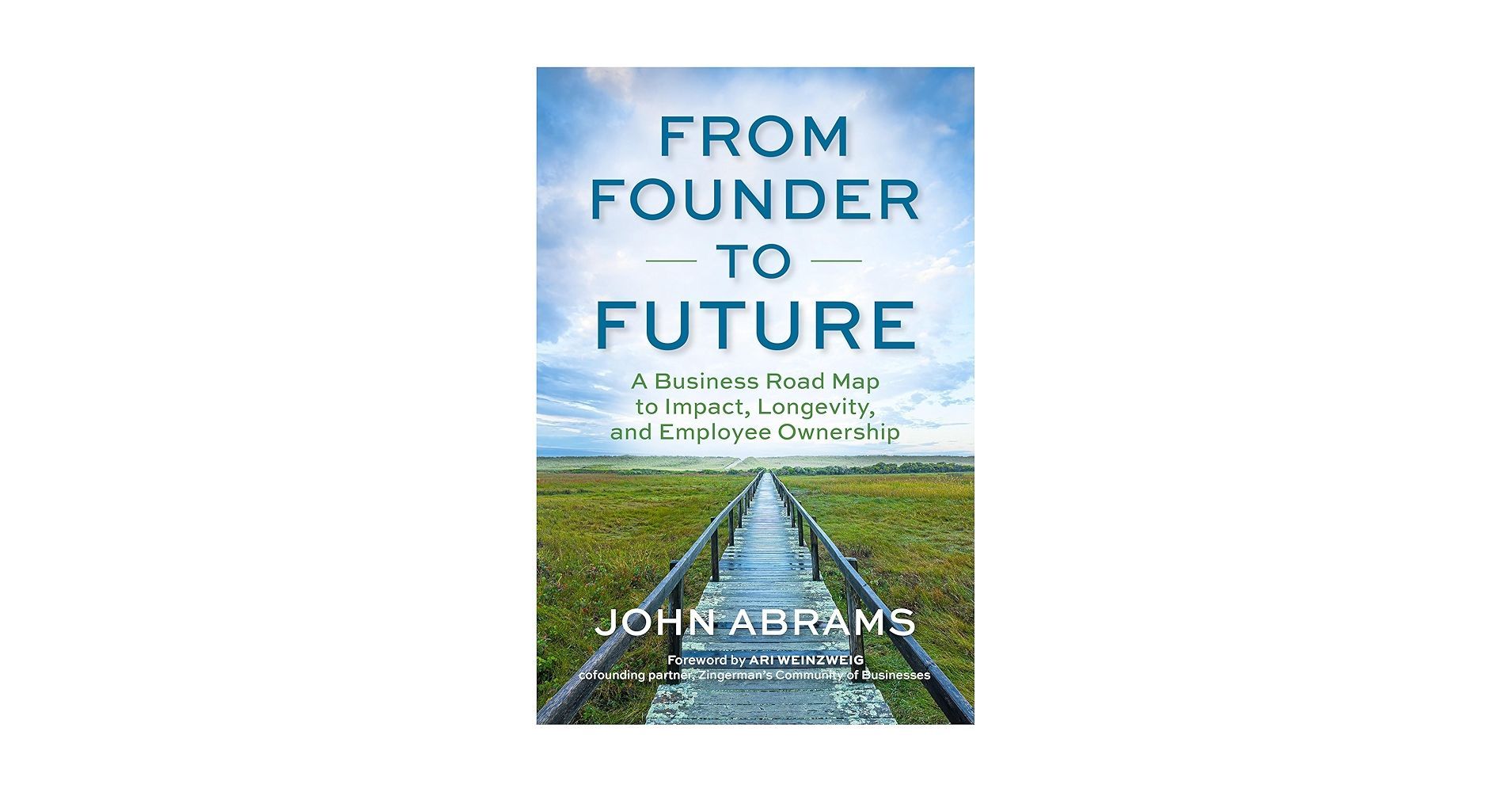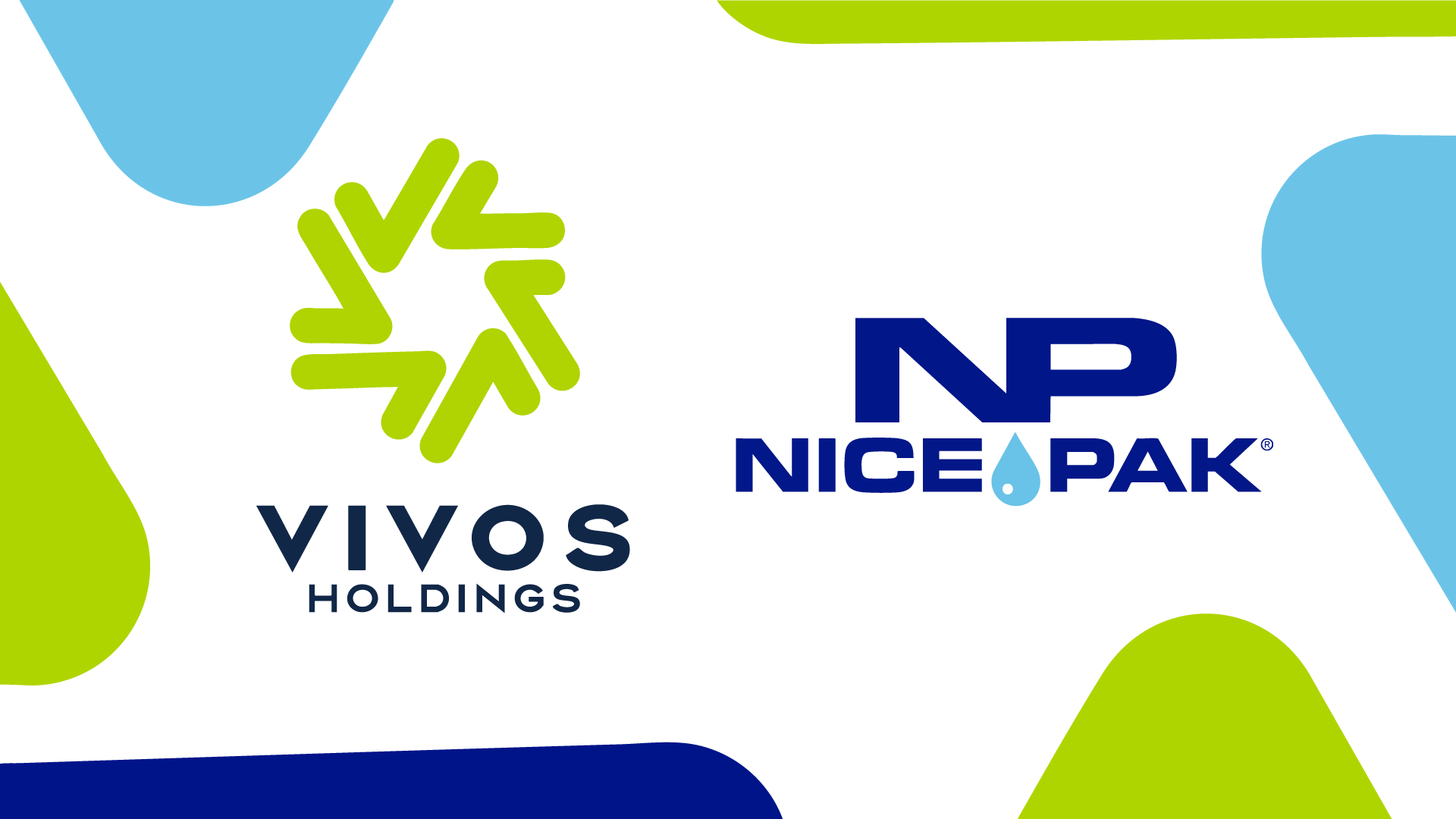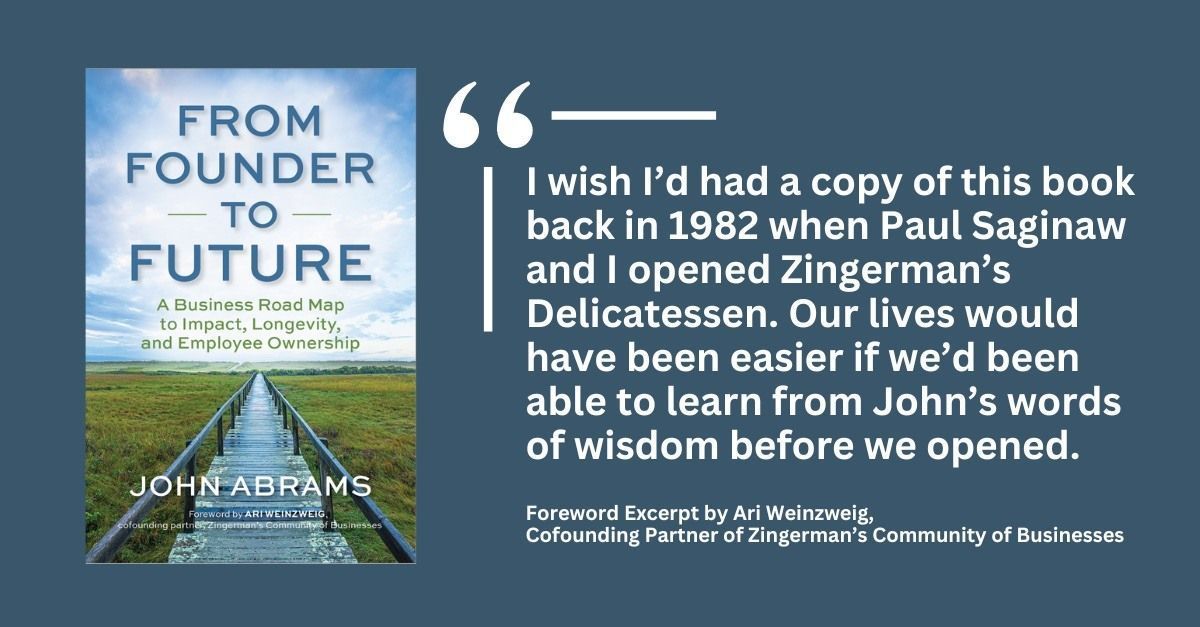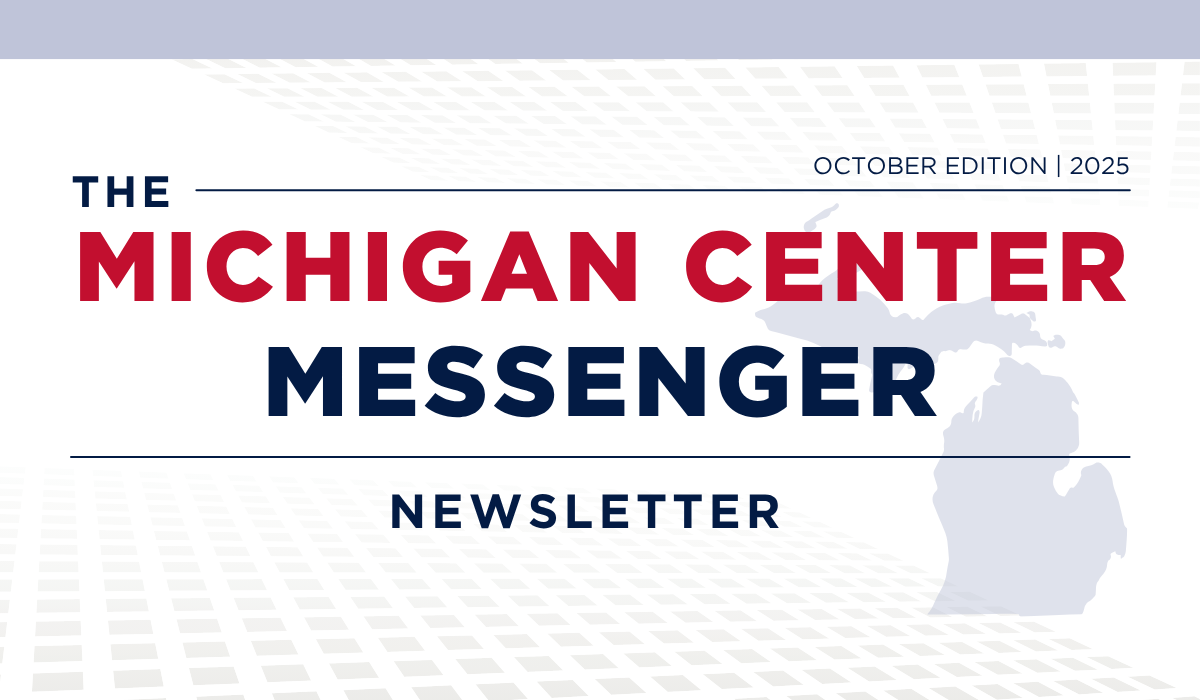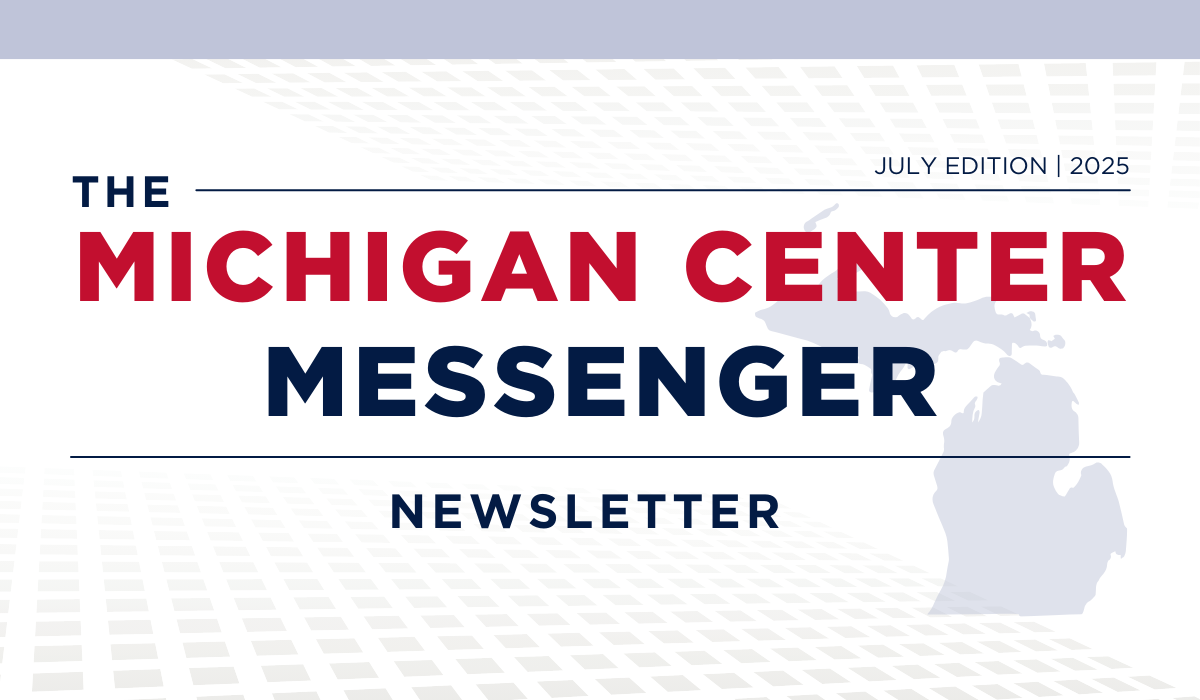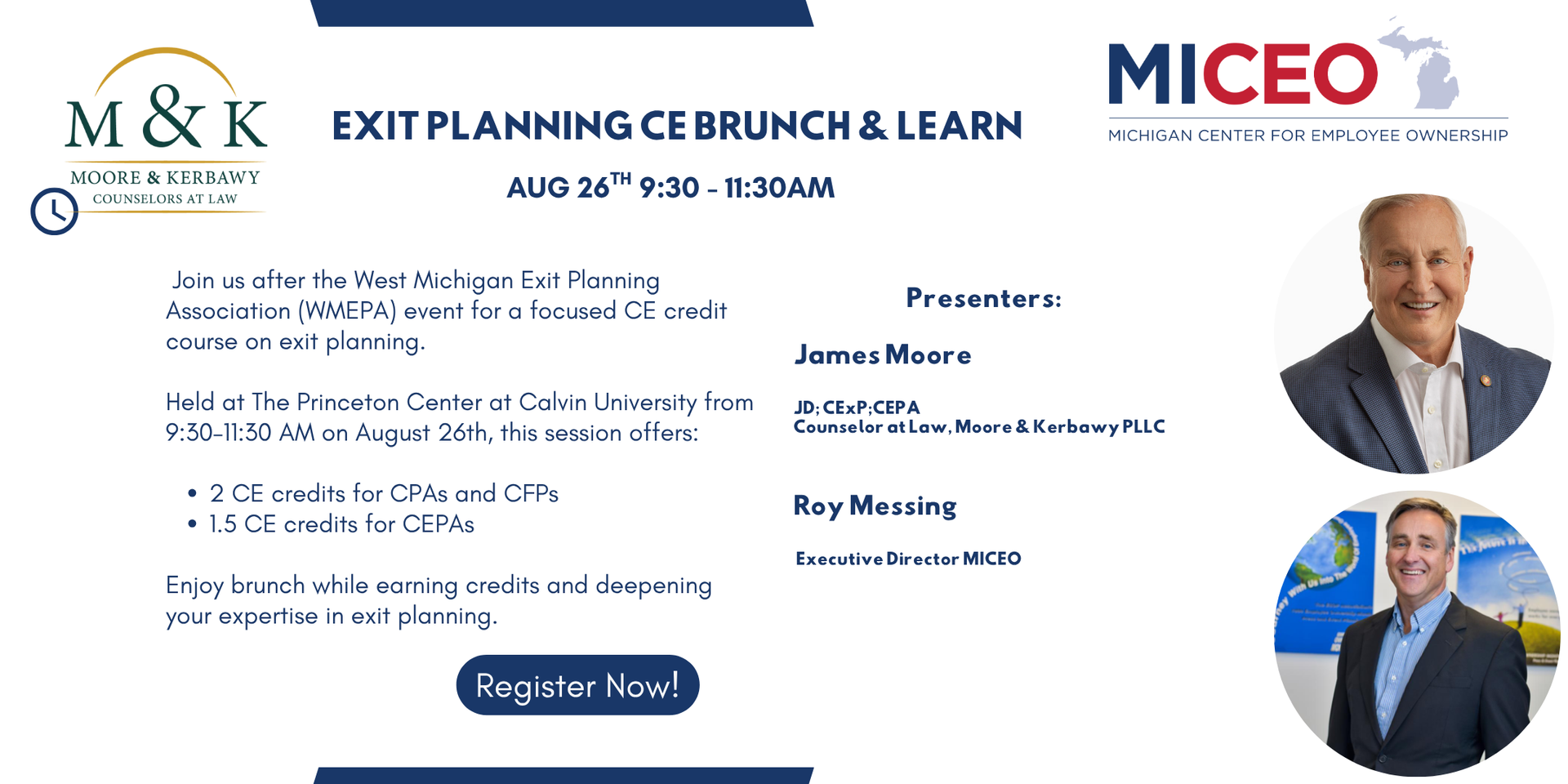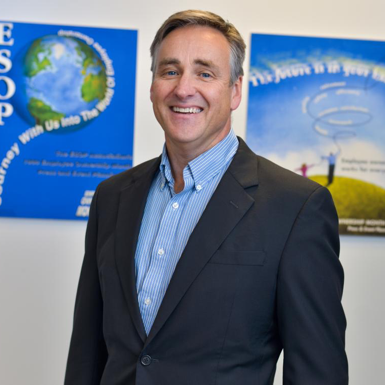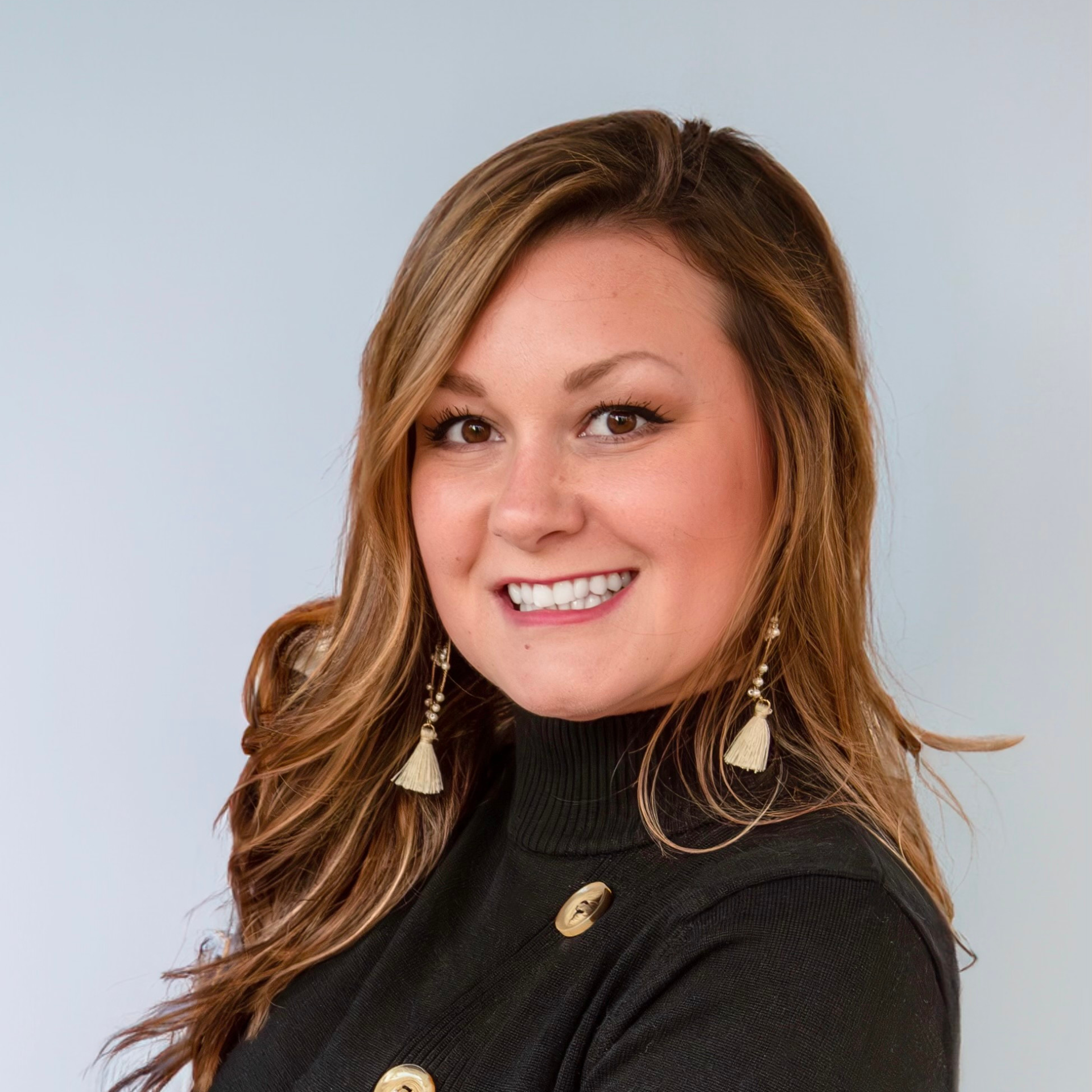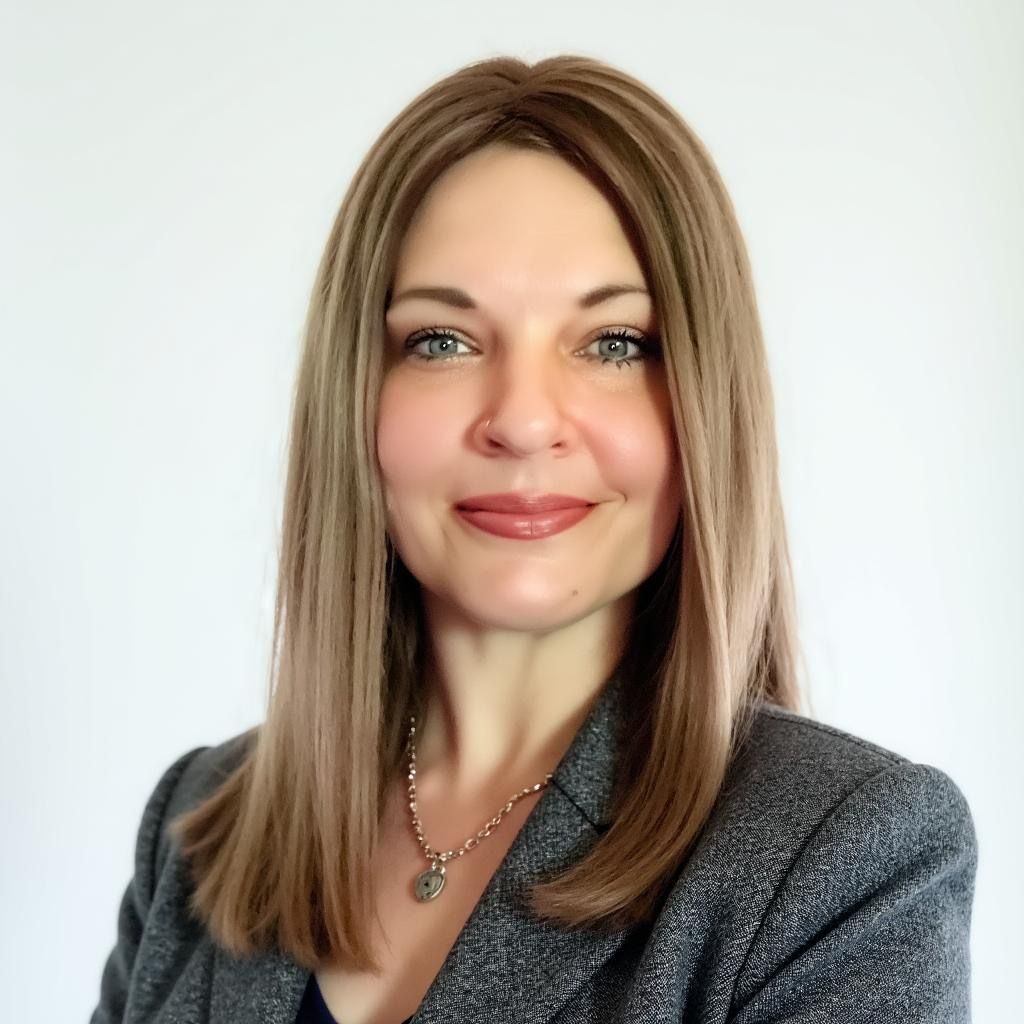Building a Business That Belongs to Everyone: John Abrams' Story
"I am committed to using business as a force for good."
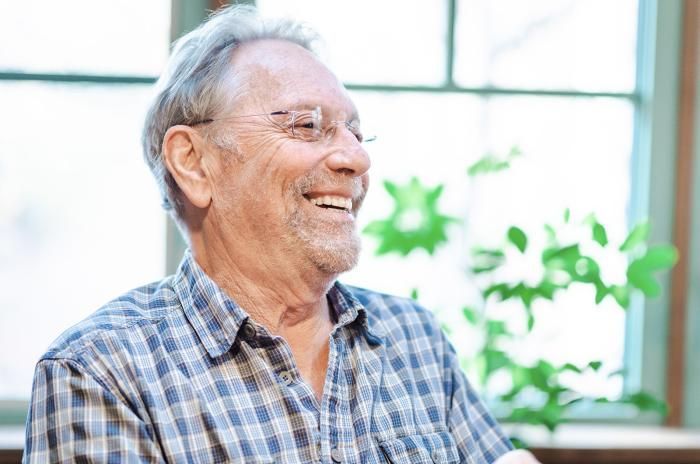
That vision has guided John Abrams for more than four decades. As the founder of South Mountain Company – a 40-person worker cooperative that specializes in architecture, building, and solar on Martha’s Vineyard – Abrams built not just a company, but a community. Today, South Mountain is recognized as one of the highest-scoring B Corps in the world and continues to thrive long after Abrams has passed leadership on to the next generation.
Not only did he help his company thrive well beyond his tenure, but in his book From Founder to Future, Abrams explores the rise of employee ownership and offers insider expertise and practical advice.
The Power of Letting Go
MICEO interviewed John about his transition to employee ownership and then, decades later, to second-generation leadership. Abrams knew early on that succession wasn’t a one-time event, but a process. He tested distributed management by taking a six-month sabbatical. When he returned, moral had tanked and the system needed re-design. The team worked through that, and he did it again. The second time, it got traction, and the system has worked, with adjustments to this day- 20 years later.
After working with the leadership team for years to build requisite capacities, when he returned at the end of 2022 it was seamless.
“It was like I slipped right out of the leadership team and they just kept going,”
Abrams recalls.
“Since I left, they have thrived and evolved – even taking the company to places I may not have been able to.”
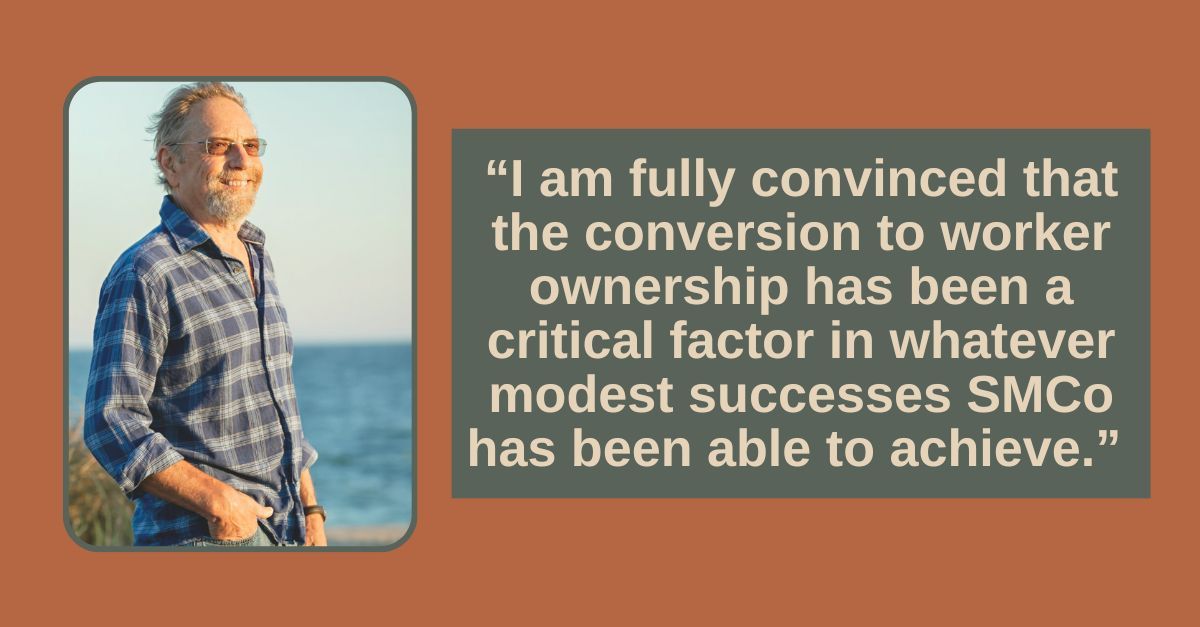
Why Employee Ownership Works
Abrams made the shift to employee ownership mid-career, a choice he calls the key to South Mountain’s long-term success. Transitioning while he was still active gave future leaders time to grow into their roles and align on vision.
Too often, he says, business owners sell to private equity and later regret it: “Fat wallets and broken hearts,” he calls it, watching companies get sliced apart for profit. Employee ownership, by contrast, allows founders to honor the people who helped build the business while ensuring its mission continues.
“It’s a way for owners, at once, to recoup their investment and share with employees who helped build it." Abrams says.
Meet the team behind South Mountain Company – a family-like cooperative of architects, designers, solar installers, and carpenters working side by side. As a certified B Corp since 2008, South Mountain Company consistently ranks among the top five of 10,000 companies worldwide, outperforming global icons like Patagonia and TOMS. Their success proves that when a business runs as a true worker cooperative, the results earn recognition on a global stage.
From Owner to Ownership
At South Mountain, the team rooted their success in long-term planning: creating five- and ten-year visions, then distilling them into annual goals. They built a clear decision making matrix and a strong leadership culture. Abrams is quick to dispel a common myth about worker cooperatives: “A lot of people think they’re leaderless entities. On the contrary, you need tremendous leadership and a strong plan in place.”
You can hear John dispel more of these myths, on one of his featured podcasts on 21 Hats.
The Bigger Picture
Abrams’ new book, From Founder to Future, places South Mountain’s story within the broader employee ownership movement. He explores the three major models – and beyond – which in John's terms are:
- Worker cooperatives (WCs): Democracy baked in — one shareholder, one vote.
- Employee Stock Ownership Plans (ESOPs): More complex, but effective. The key? “Operate like a coop but finance as an ESOP.”
- Employee Ownership Trusts (EOTs): The new kid on the block. Popular in Britain, where a trust holds shares for employees’ benefit.
The ecosystem supporting these models is growing fast. “We are so fortunate to have the Employee Ownership Expansion Network (EOX) and 26 state centers, where five years ago there were only a few,” Abrams notes. “If you have a State EO center, that is the place to start. The EO community is just packed full of collaboration.”
Beyond the Bottom Line
South Mountain’s mission has always stretched beyond profit. The company has tackled affordable housing challenges on Martha’s Vineyard while simultaneously pioneering sustainable building practices. For Abrams, business is simply a platform for solving community problems.
And he admits he thrives on uncertainty: “I love doing things I have no idea what I'm doing— it keeps it fresh.”
Looking Ahead
Abrams’ journey shows what’s possible when vision, structure, and trust in people align. South Mountain not only survived his departure — it flourished. His story underscores the potential of employee ownership as both a business strategy and a force for good.
“When people get a clear picture of what this means, their outlook changes,” Abrams says. His own career is proof: with the right steps, businesses can outlast their founders, stay true to their values, and continue creating shared prosperity for generations to come.
To watch the full interview, head to our YouTube Channel here:
